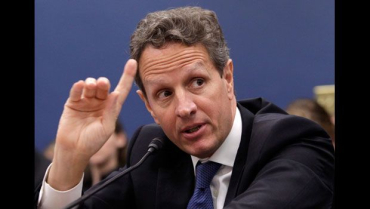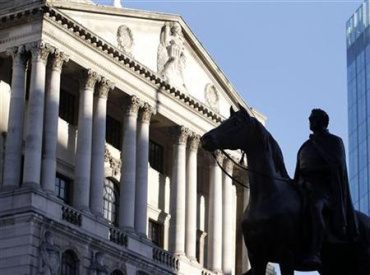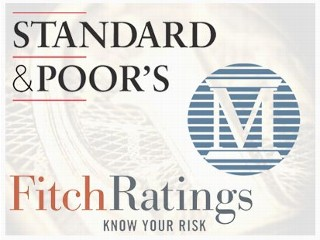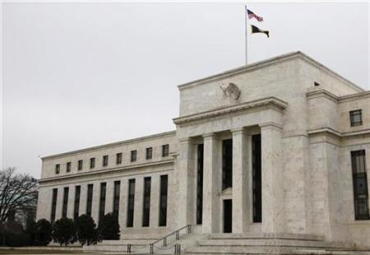Photographs: Reuters Ajit Balakrishnan
The recent downgrade of the United States sovereign credit rating by Standard and Poor's has left many people speechless.
Nobel laureate Paul Krugman has likened S&P's attitude to that of "a young man who kills his parents, then pleads for mercy because he is an orphan".
S&P and its sister rating agencies, he says, have played a major role in causing the current budget crisis in America by blessing mortgage-backed assets that later turned out to be worthless.
...
How S&P got governments on the run
Image: Joseph Stiglitz blames the agency for the 2008 crisis.Photographs: Reuters
The bipartisan Financial Crisis Enquiry Commission of the US Congress has concluded in its report: "The three credit rating agencies were key enablers of the financial meltdown the mortgage-related securities at the heart of the crisis could not have been marketed without their seal of approval."
...
How S&P got governments on the run
Image: Timothy Geithner says the agency showed terrible judgement.Photographs: Reuters
"They've handled themselves very poorly. And they've shown a stunning lack of knowledge about the basic US fiscal budget math," he adds.
Amid such widespread distrust of the rating agencies, how come global financial markets have reacted in unison and so violently in response to the downgrade by S&P?
...
How S&P got governments on the run
Image: Ismail Erturk says West's policies gave so much power to rating agencies.The first step, says Manchester Business School's Ismail Erturk in his book Financialisation at Work, was when Western countries, starting with Britain and the US, moved from a defined-benefit pension scheme for their workers to defined contribution schemes.
...
How S&P got governments on the run
Image: Peter Hall is a professor at Harvard University.The second step started in the 1970s, says Peter Hall (in the same book), professor of Government at Harvard University.
...
How S&P got governments on the run
Image: The UK government used Bank of England to borrow money.Photographs: Reuters
To facilitate such extensive borrowing, the British government decided to use the Bank of England's minimum lending rate as the controlling lever.
This, says Professor Hall, had the unintended effect of making the buyers of government bonds act in cohesion - they would either buy government bonds together or hold off together till conditions became propitious.
...
How S&P got governments on the run
Image: Bond traders started employing economists.Photographs: Reuters
Since it was a matter of life and death for these bond traders to predict the likely direction of interest rates, they started employing economists who soon discovered that the amount of bonds the government wanted to sell depended on the rate of growth of money supply as well as the amount of public spending the government was planning to make.
...
How S&P got governments on the run
Image: Rating agencies are merely the messenger boys.The markets could now hold governments to ransom. They could force a government to cut public spending outlays or face higher interest rates.
The rating agencies are merely the messenger boys for this line of thinking.
...
How S&P got governments on the run
Image: Federal Reserve is a very powerful institution.Paul Krugman and Joseph Stiglitz are not the only ones damning the immense power that financial interests have come to gain over governments.
Voices against financial interests now include powerful politicians in many different countries, from many different economic persuasions.
...
How S&P got governments on the run
Image: Downgrade might become Thomas Birkland's focusing event.A "focusing event" is a sudden and rare event that sparks intense media and public attention because of its sheer magnitude.
...
How S&P got governments on the run
Image: Rating agency's downgrade may be one such event.Such an event can make groups, government leaders, policy entrepreneurs, news media and the public pay attention to, and stay focused on, a problem till a solution is found.
The S&P downgrade may be one such focusing event that powerful groups may use to launch a wholesale attack on the immense power over governments that financial interests have gained in recent times.













article